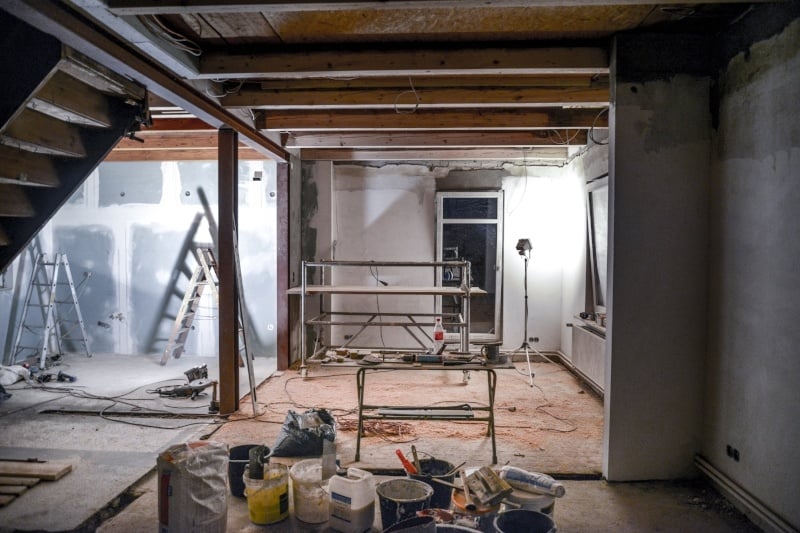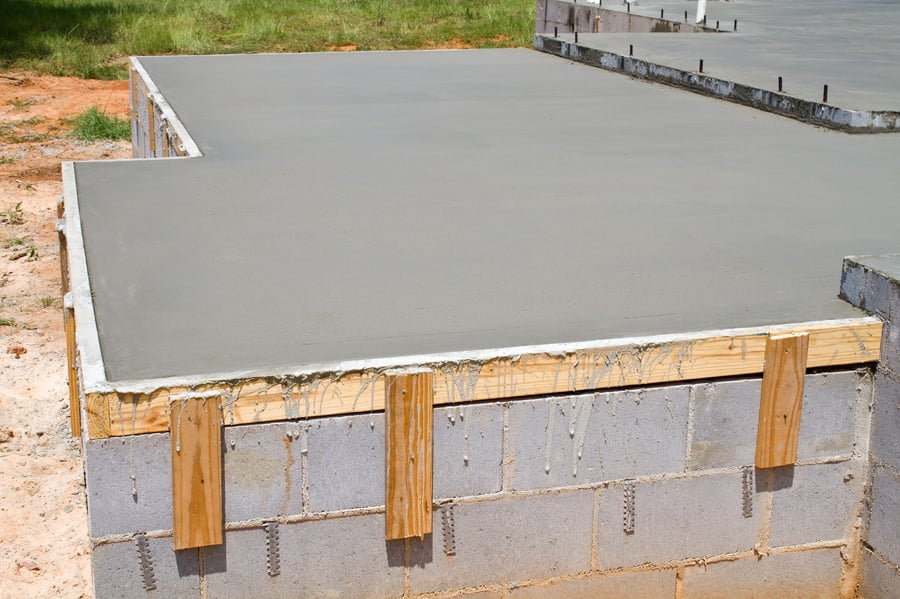What You REALLY Should Know About Concrete Moisture Meters
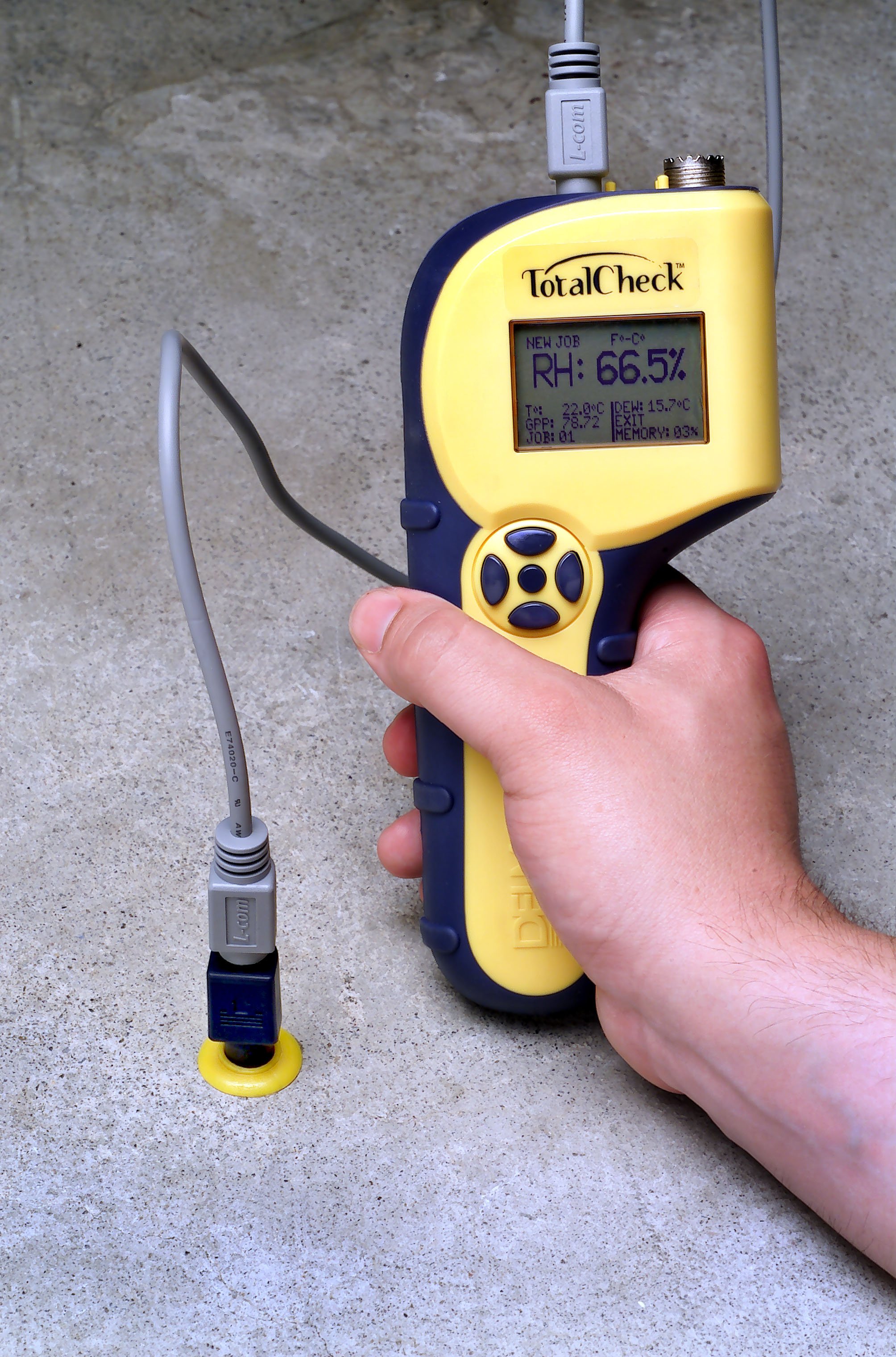
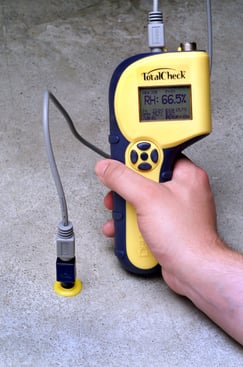 Measuring moisture in concrete is a critical step in ensuring that building foundations are ready for work to continue. If concrete has too much moisture, it can cause problems for other building materials later on. This is why it's important to closely monitor the moisture conditions deep in a concrete slab.
Measuring moisture in concrete is a critical step in ensuring that building foundations are ready for work to continue. If concrete has too much moisture, it can cause problems for other building materials later on. This is why it's important to closely monitor the moisture conditions deep in a concrete slab.
Unfortunately, there is no such thing as a concrete moisture meter. Given the thickness of the average concrete slab, as well as the different densities and mixtures used for concrete, there is no pin or pinless moisture meter on the market that can give you an accurate assessment of the moisture conditions deep in a slab.
Why Moisture Meters Aren’t Enough for Concrete
There are a couple of major reasons why moisture meters shouldn’t be your primary tool for assessing moisture in a concrete slab.
First, a moisture meter will give you an approximate indication of the moisture levels near the surface of a concrete slab.
Having a reference scale reading of moisture content in concrete does not give you a quantifiable value to work with. Without a quantifiable reading value, it’s nearly impossible to ensure that the concrete is ready for use, or if there’s enough moisture deep in the slab to compromise any building materials placed over the concrete.
Second, moisture meters have a very limited reading depth on their own. Pin meters are limited to checking moisture content in between the pins, which aren’t usually designed to penetrate concrete.
Pinless meters may be able to scan a larger surface area, but they still don’t scan deeply enough to check the depths of a concrete slab.
Simply put, moisture meters aren’t designed to provide quantitative readings in concrete.
So, How Can You Check Moisture in Concrete?
The best way to check moisture conditions deep in a concrete slab is to follow the ASTM-F-2170 standard used by professionals.
This standard requires specialized equipment; namely thermo-hygrometers with in-situ probes, sensor sleeves, and drilling equipment to create holes in the concrete slab.
The basic process is to:
- Drill holes into the concrete. The larger the slab, the more testing sites you’ll need to drill to ensure a thorough check (3 holes for the first 1,000 sq. ft. and 1 more hole per 1,000 extra sq. ft.). Additionally, you’ll want to drill holes that are at least 20% of the slab’s depth if it is drying from two sides, 40% of the slab’s depth if drying from one side.
- Plug the holes with a sensor sleeve. Close each hole you drill with a sensor sleeve, insert the probe, and give it time to acclimate. It usually takes about three days to ensure complete acclimation between the sensor probes and the concrete.
- Take Readings. Once the in-situ probes are acclimated, simply connect the hygrometer to each probe one by one and take a reading. To ensure accuracy, each probe should have its calibration checked once every thirty days.
This is an involved, time-consuming process, but it’s the best way to check the moisture conditions deep in the slab. When you need reliable information about the humidity conditions deep in a concrete slab so you can guarantee your work, use a thermo-hygrometer from a trusted manufacturer that knows the demands of the ASTM standard for concrete.
Subscribe to Our Blog
Post Related
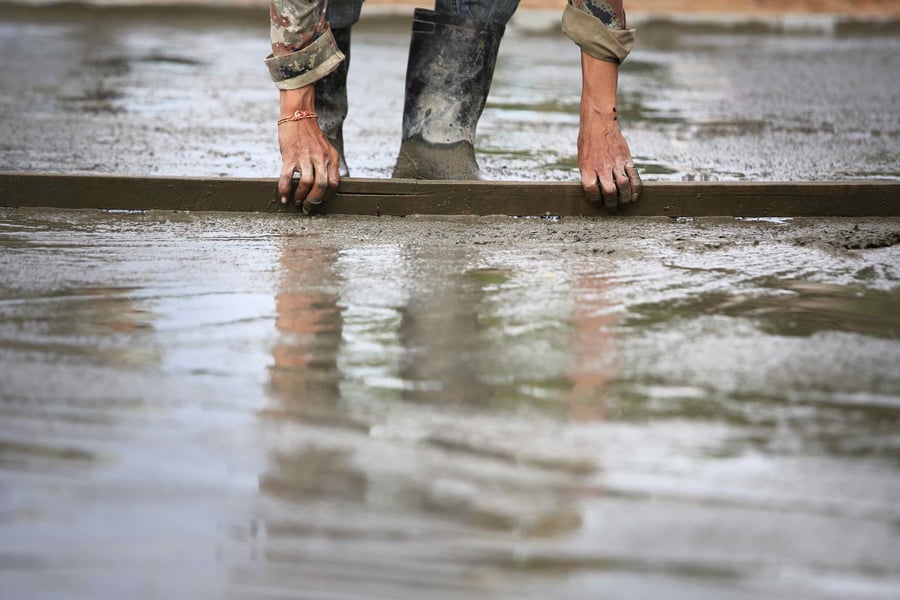
Is There Such a Thing as a Concrete Scale for Moisture Meters?
